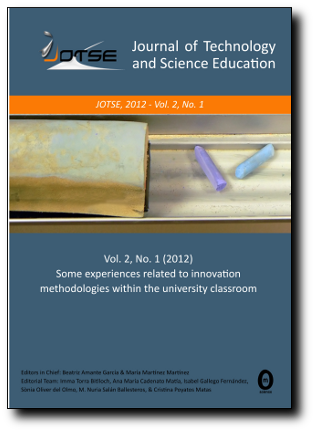Eco-STEAM: A STEAM-based digital learning website for ecosystem topics
Abstract
This study aims to develop Eco-STEAM, a digital learning website based on the Science, Technology, Engineering, Arts, and Mathematics (STEAM) approach, specifically designed to support ecosystem learning. The development process was carried out using the Research and Development (R&D) method, employing the 4D model, which includes the stages of define, design, develop, and disseminate. The developed media was evaluated for feasibility by experts in material, media, and language aspects, and the development testing involved teachers and students. The average assessment results by the experts across all aspects were categorized as highly feasible (94.75%). The results of the development trials conducted by biology teachers, small group trials, and large group trials also received an average rating in the highly feasible category (90.33%). The effectiveness of the media in enhancing students' understanding of ecosystem concepts was measured on a small scale using a one-group pretest-post-test research design. The dependent t-test and effect size test results showed a significant improvement in students' understanding of ecosystem concepts after using the Eco-STEAM media, with a strong effect size. These findings demonstrate that Eco-STEAM is a validated, feasible digital learning website that effectively enhances students' understanding of ecosystem concepts. This product can also enrich biology learning media and support more interactive and contextual learning, particularly in ecosystem topics.
Keywords
DOI: https://doi.org/10.3926/jotse.3065
This work is licensed under a Creative Commons Attribution 4.0 International License
Journal of Technology and Science Education, 2011-2025
Online ISSN: 2013-6374; Print ISSN: 2014-5349; DL: B-2000-2012
Publisher: OmniaScience





